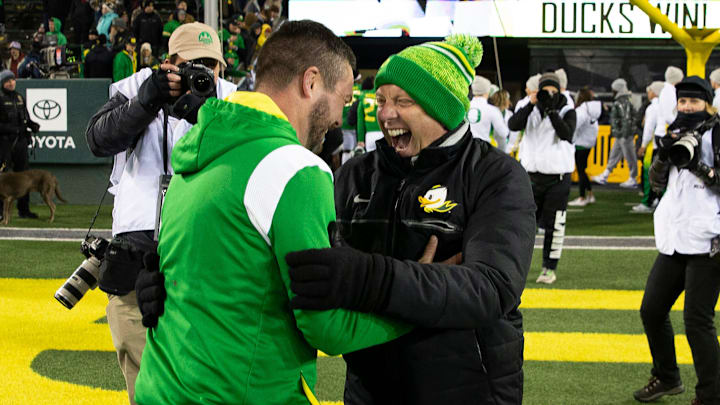U.S. District Judge Claudia Wilkin approved the House Settlement Friday night, a decision that will bring drastic changes for college sports, as well as another round of inevitable lawsuits.
Fifty-nine months after the class action suit was filed her final approval creates a new structure that allows athletic programs to pay players directly out of revenues.
According to Pete Nakos of On3 Sports, "Beginning July 1, schools will be able to share $20.5 million with athletes, with football expected to receive 75%, followed by men’s basketball (15%), women’s basketball (5%) and the remainder of sports (5%). The amount shared in revenue will increase annually."
That means Power 4 football programs will distribute $13 to $16 million to football players, with other sports getting a smaller share.
NIL deals of more than $600 will be reviewed by a clearing house to ensure they do not exceed "fair market value." The clearing house is called "NIL Go," to be run by the independent accounting firm Deloitte.
This part of the agreement is almost certain to be challenged in court in the future. At the ACC spring meetings last week, "Deloitte officials reportedly shared that 70% of past deals from NIL collectives would have been denied, while 90% of past deals from public companies would have been approved."
Texas Tech star NiJaree Canady has signed a new seven-figure NIL deal with the Red Raiders, FOS has confirmed.
— Front Office Sports (@FOS) June 6, 2025
Canady was college softball's first $1M player.
Now, she's signed another million-dollar deal. pic.twitter.com/dZSubcVkth
In addition the settlement requires the NCAA to back pay damages to athletes whose college careers began between September 2016 and September 15, 2024.
Former athletes will be paid from a settlement pool of $2.8 billion over the next 10 years, which the NCAA will create by reducing payments to member institutions, new revenue and cost savings.
In a statement, NCAA president Charlie Baker said, "Approving the agreement reached by the NCAA, the defendant conferences and student-athletes in the settlement opens a pathway to begin stabilizing college sports."
Making the new rules work and enforcing limits on NIL is the sticking point. Power 4 conferences have sent membership agreements to their schools and a new College Sports Commission has been created to enforce them.
The settlement is named after Grant House, an Arizona State swimmer who was one of the plaintiffs.
Scholarship and roster limits will be grandfathered in so that no current athletes lose their scholarship.
If it works, the settlement could level the playing field among schools and curb poaching. Making it work is the difficulty. Title IX issues, the revenue-sharing cap and the NIL clearinghouse oversight will all be tested in court.
The temptation to cheat and make under-the-table payments remains great.
The first step to financial regulations that will stabilize College Football was approved today!
— George Wrighster III (@georgewrighster) June 7, 2025
Now the next step is the enforcement of the rules. Conferences and schools now have to get on board with swift and final punishment for rules violations. https://t.co/07e7NViXkp
